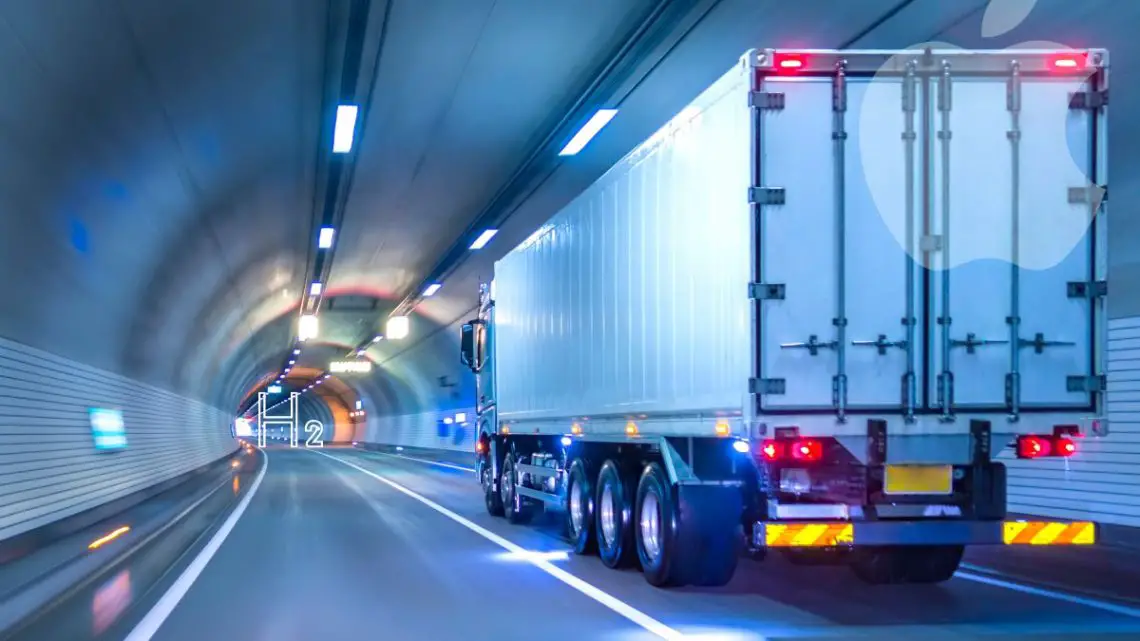
Transport will be the most popular hydrogen fuel application worldwide by 2030
April 10, 2023The results of the latest HFN poll predicted that transportation and passenger vehicles will lead the way.
Hydrogen Fuel News recently released the results of the latest reader poll, revealing the way people view the most common applications for H2 in the near future.
It’s easy to see that HFN readers see H2 as most promising in transporting people and goods worldwide.
The poll ran for 30 days and received 2,193 responses from 113,282 potential respondents. It asked the question “In the next 5 to 10 years, what sector do you think hydrogen will be the most popular worldwide?”
Transport – trucking in particular – was by far the most popular response, with 38.1 percent of voters (837 respondents) choosing that option as the most popular use for hydrogen fuel within the next five to ten years. It isn’t difficult to understand why this was such a popular choice, as hydrogen news headlines regularly show new developments in H2 technology for trucking, and a growing number of companies are testing the vehicles or are already adding them to their fleets.
After transport trucks, passenger vehicles are expected to be the most popular hydrogen fuel application.
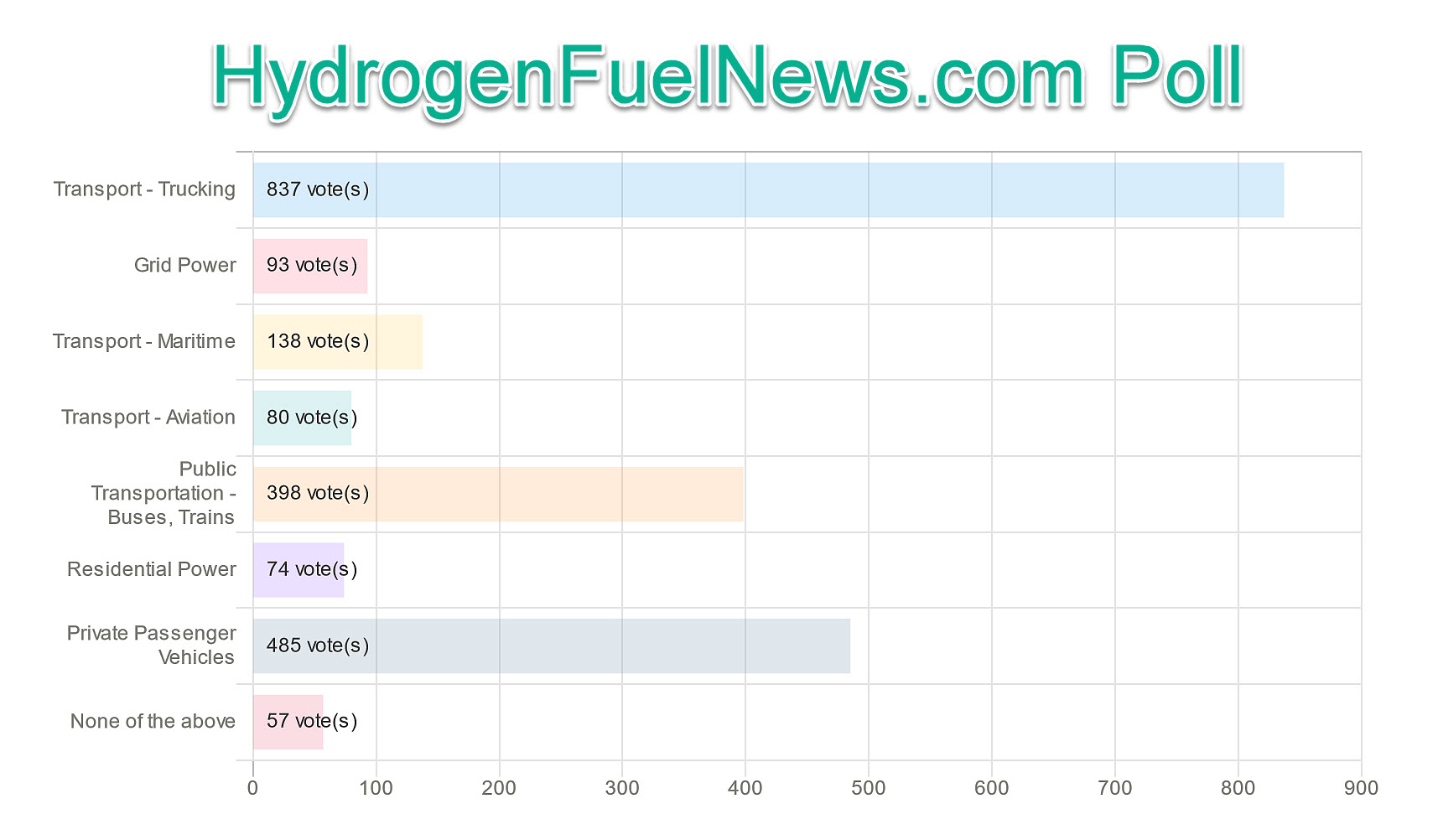
The application that took second place as the most popular use H2 is expected to have in five to ten years was passenger vehicles. In this poll, 485 respondents (22.1 percent) said they felt that cars, SUVs and other passenger vehicles would soon represent the top use for H2. This was followed by public transportation (such as buses and trains), which received 398 votes (18.1 percent).
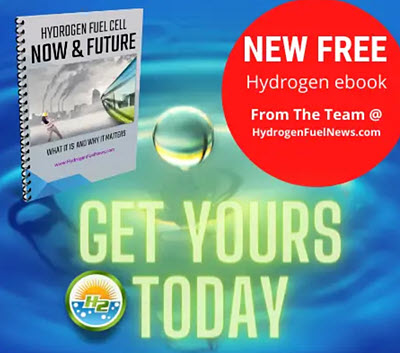 Other areas where survey participants believed hydrogen fuel would play an important role within the next five to ten years included maritime transport with 138 votes (6.3 percent), grid power at 93 votes (4.2 percent), aviation transport with 80 votes (3.6 percent), residential power with 74 votes (3.4 percent), and “none of the above” took 57 votes (2.6 percent).
Other areas where survey participants believed hydrogen fuel would play an important role within the next five to ten years included maritime transport with 138 votes (6.3 percent), grid power at 93 votes (4.2 percent), aviation transport with 80 votes (3.6 percent), residential power with 74 votes (3.4 percent), and “none of the above” took 57 votes (2.6 percent).
Transportation wins
Overall, transportation of all forms by far took the largest percentage of the votes in the Hydrogen Fuel News poll. Transportation in all forms received a total of 1,938 votes from the survey participants, representing 88.4 percent of the total votes.
Join in the conversation – See Below: [forminator_poll id=”58027″]



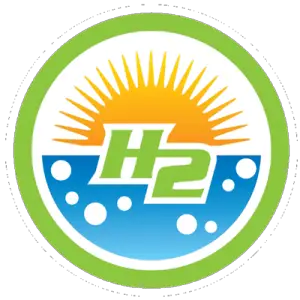 With over 15 years of reporting hydrogen news, we are your premier source for the latest updates and insights in hydrogen and renewable energy.
With over 15 years of reporting hydrogen news, we are your premier source for the latest updates and insights in hydrogen and renewable energy.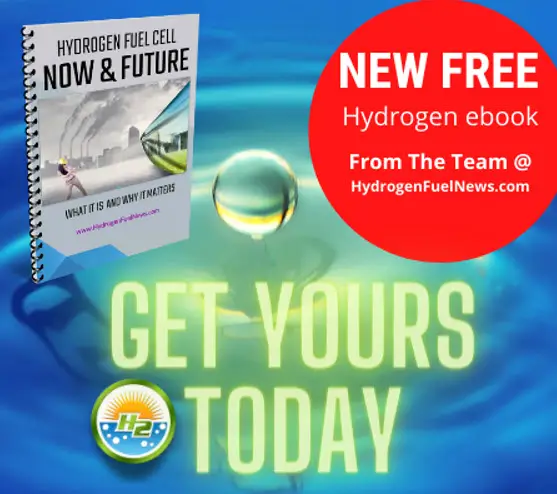
To be able to use the HFCs you first need to be creating a lot of H2, then you need the fueling stations along the major Interstates – is there a plan for any of this? If so, who is doing the planning, and who is doing the execution? I understand that Plug Power is one of the Electrolyzer builders – are there others? Then what about the refueling stations? Who is planning that buildout? Will EV charging stations also support H2 recharging? Then of course, you need HFC cars and trucks on the road. Cummins bought Hydrogenitics in Canada a few years ago – who else is building the vehicles and what is the status of any pilot programs? My expectation is that big rig trucks will be the initial 1st HFC adopters because you don’t need a refueling station on every corner to support the most utilized trucking routes, but you would need to have H2 refueling stations pretty much on all the Interstates. I can almost see that happening before we see EV charging stations all along the Interstates. Is the EV charging plan and H2 charging plan being developed in unison or are they mutually exclusive? I see H2 refueling stations for autos taking a back seat (in both priority and time), compared to EV charging. And finally, there has to be enough H2 being produced for all the applications and products that will use it. What’s to keep Big Oil from buying up all the H2 for oil refinement – leaving the transportation sector short of supply?
Very very little is being done to build out an extensive H2 station network here in the USA. It’s already almost too late for such a network to be in place by 2030.
Batteries will be good enough by 2030 to make H2 a niche solution for transportation. Long haul trucks will swap batteries to eliminate long charging time issues.